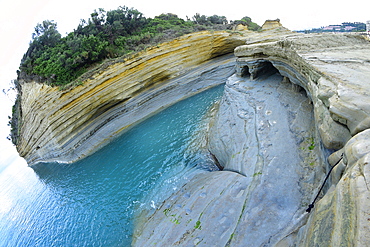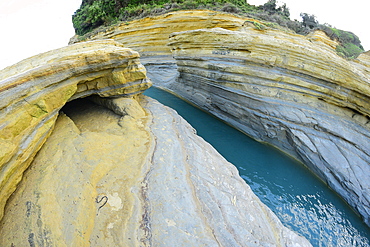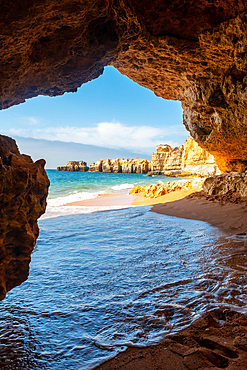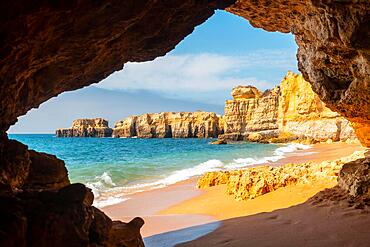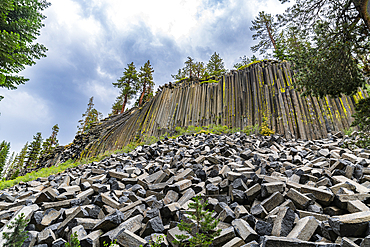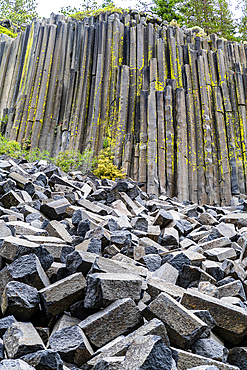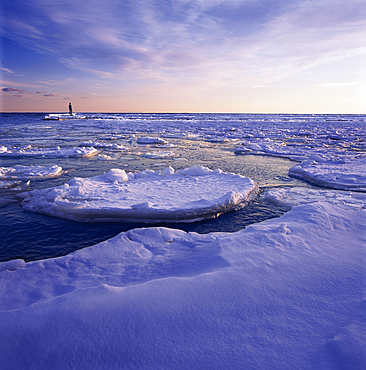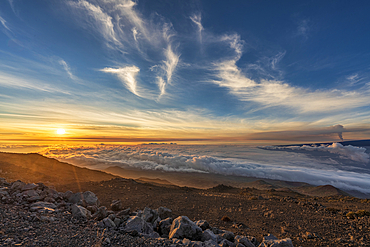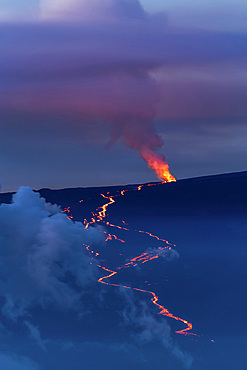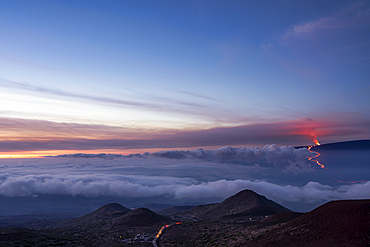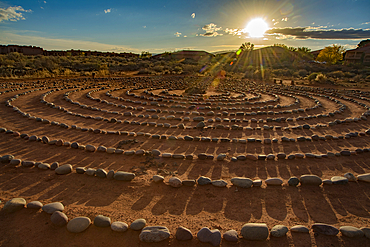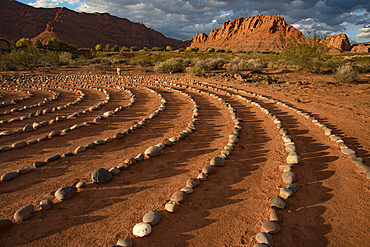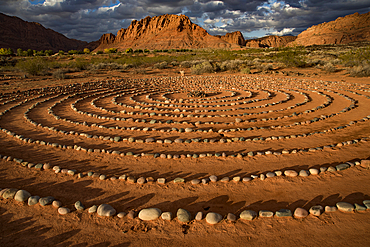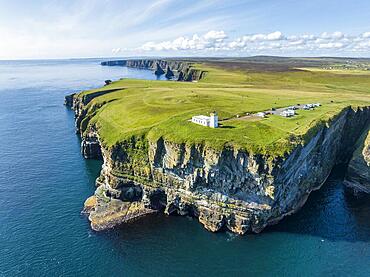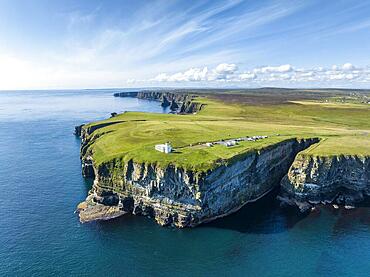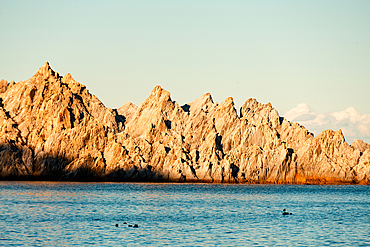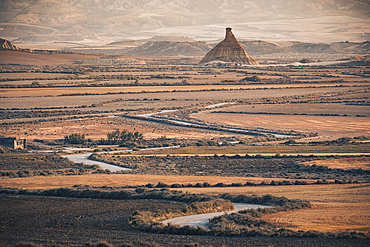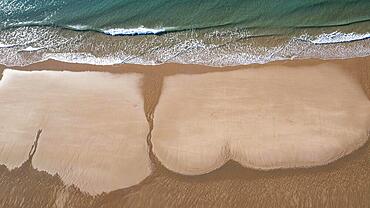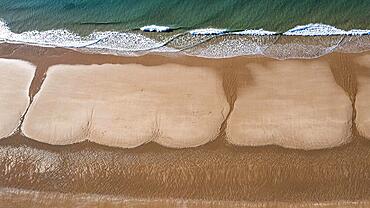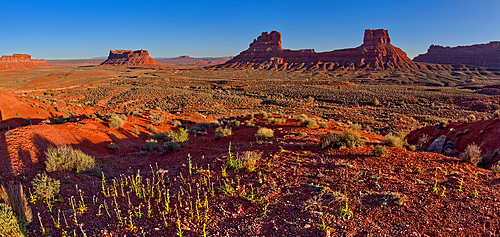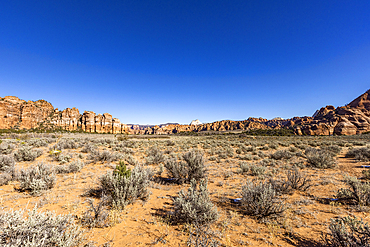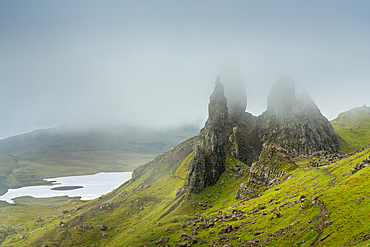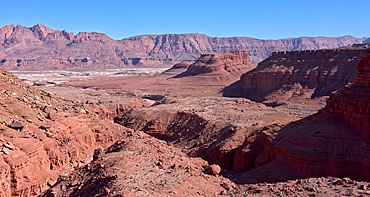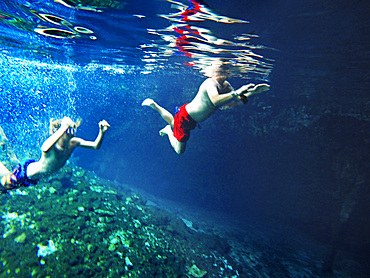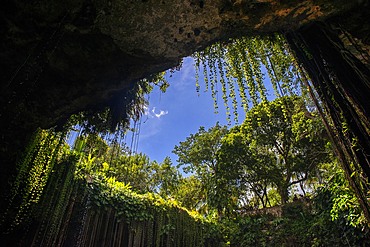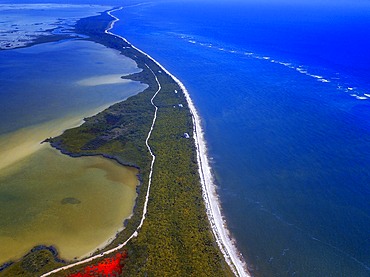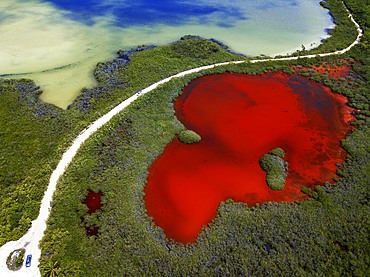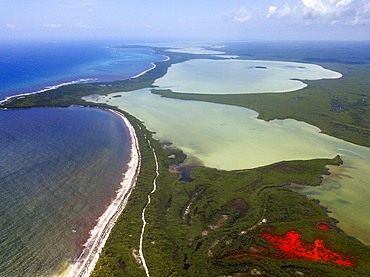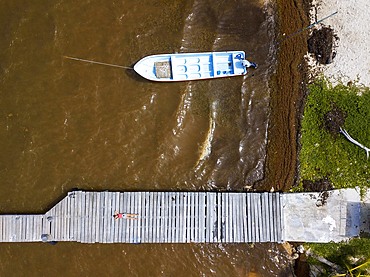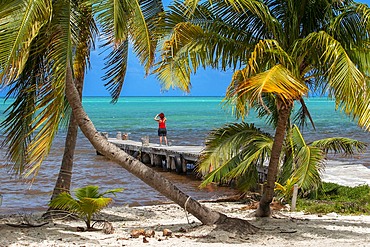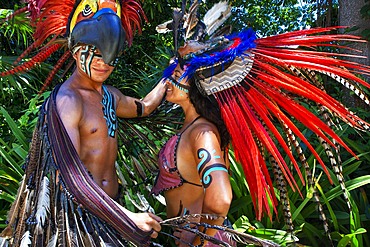Recent searches
Loading...
1235-1377 - Famous Channel of Love (Canal D'amour) in Sidari, Corfu, Greece
1235-1376 - Famous Channel of Love (Canal D'amour) in Sidari, Corfu, Greece
1235-1375 - Famous Channel of Love (Canal D'amour) in Sidari, Corfu, Greece
1235-1373 - Famous Channel of Love (Canal D'amour) in Sidari, Corfu, Greece
1235-1374 - Famous Channel of Love (Canal D'amour) in Sidari, Corfu, Greece
1235-1372 - Famous Channel of Love (Canal D'amour) in Sidari, Corfu, Greece
1235-1371 - Famous Channel of Love (Canal D'amour) in Sidari, Corfu, Greece
1235-1369 - Famous Channel of Love (Canal D'amour) in Sidari, Corfu, Greece
1235-1370 - Famous Channel of Love (Canal D'amour) in Sidari, Corfu, Greece
1235-1368 - Famous Channel of Love (Canal D'amour) in Sidari, Corfu, Greece
1235-1367 - Famous Channel of Love (Canal D'amour) in Sidari, Corfu, Greece
1235-1366 - Famous Channel of Love (Canal D'amour) in Sidari, Corfu, Greece
1235-1365 - Famous Channel of Love (Canal D'amour) in Sidari, Corfu, Greece
1235-1364 - Famous Channel of Love (Canal D'amour) in Sidari, Corfu, Greece
1235-1361 - Famous Channel of Love (Canal D'amour) in Sidari, Corfu, Greece
1235-1360 - Famous Channel of Love (Canal D'amour) in Sidari, Corfu, Greece
1235-1359 - Famous Channel of Love (Canal D'amour) in Sidari, Corfu, Greece
1235-1358 - Famous Channel of Love (Canal D'amour) in Sidari, Corfu, Greece
1235-1378 - Famous Channel of Love (Canal D'amour) in Sidari, Corfu, Greece
1235-145 - Camel shaped rock formation, Devrent Valley, Cappadocia, Turkey, Asia Minor, Asia
1369-106 - Beautiful view over the rock formation in Monument Valley, Arizona, United States of America, North America
1184-9511 - Sandstone rock formation, Namibe (Namib) desert, Iona National Park, Namibe, Angola, Africa
832-404407 - A cave entering the water from the beach at Praia da Coelha, Algarve, Albufeira. Portugal
832-404405 - Beautiful beach on vacation at Praia da Mare das Porcas, Algarve, Albufeira. Portugal
832-404406 - A natural summer beach cave at Praia da Coelha, Algarve, Albufeira. Portugal
1184-8930 - Rock formation of columnar basalt, Devils Postpile National Monument, Mammoth Mountain, California, United States of America, North America
1184-8929 - Rock formation of columnar basalt, Devils Postpile National Monument, Mammoth Mountain, California, United States of America, North America
1184-8927 - Rock formation of columnar basalt, Devils Postpile National Monument, Mammoth Mountain, California, United States of America, North America
1184-8928 - Rock formation of columnar basalt, Devils Postpile National Monument, Mammoth Mountain, California, United States of America, North America
1184-8926 - Rock formation of columnar basalt, Devils Postpile National Monument, Mammoth Mountain, California, United States of America, North America
1184-8925 - Rock formation of columnar basalt, Devils Postpile National Monument, Mammoth Mountain, California, United States of America, North America
1184-8923 - Rock formation of columnar basalt, Devils Postpile National Monument, Mammoth Mountain, California, United States of America, North America
1184-8924 - Rock formation of columnar basalt, Devils Postpile National Monument, Mammoth Mountain, California, United States of America, North America
1358-251 - A rock formation at Tobacco Bay in St. George's, Bermuda, Atlantic, North America
1116-52959 - Person stands on the edge of an ice formation in the ocean and looks out to the vast seascape and horizon
1116-52896 - Spectacular scene of the golden twilight above the clouds at Mauna Kea with view of the smoke from 2022 eruption of Mauna Loa Volcano (Moku‘āweoweo, the world's largest active volcano) on the Big Island of Hawaii, Island of Hawaii, Hawaii, United States of America
1116-52895 - Spectacular view at twilight of the 2022 eruption and lava flow of Mauna Loa Volcano (Moku‘āweoweo, the world's largest active volcano) on the Big Island of Hawaii, Island of Hawaii, Hawaii, United States of America
1116-52894 - Spectacular view from above the clouds of the 2022 eruption and lava flow of Mauna Loa Volcano (Moku‘āweoweo, the world's largest active volcano) on the Big Island of Hawaii, Island of Hawaii, Hawaii, United States of America
1116-52893 - Spectacular overview of the 2022 eruption and lava flow of Mauna Loa Volcano (Moku‘āweoweo, the world's largest active volcano) on the Big Island of Hawaii, Island of Hawaii, Hawaii, United States of America
1116-52834 - Stunning view of the sandy beach with surf forming a zigzag pattern in the foam next to the large, boulders lining the shores at The Baths, a famous beach in the BVI's, Virgin Gorda, British Virgin Islands, Caribbean
1116-52832 - Woman standing under the large, boulders on the seaside shores of The Baths, a famous beach in the BVI's, Virgin Gorda, British Virgin Islands, Caribbean
1116-52816 - Hiking trail through Snow Canyon, with circles of stones in a meeting area behind the Red Mountain Spa, with meditation maze and Snow Canyon Mountain Range in the background. Red Cliffs Desert Reserve around St George Town with bright sunburst in a blue sky, St George, Utah, United States of America
1116-52815 - Hiking trail through Snow Canyon, with circles of stones in a meeting area behind the Red Mountain Spa, with meditation maze and Snow Canyon Mountain Range in the background. Red Cliffs Desert Reserve around St George Town with rock cliffs and dark clouds in a blue sky, St George, Utah, United States of America
1116-52814 - Hiking trail through Snow Canyon, with circles of stones in a meeting area behind the Red Mountain Spa, with meditation maze and Snow Canyon Mountain Range in the background. Red Cliffs Desert Reserve around St George Town with rock cliffs and dark clouds in a blue sky, St George, Utah, United States of America
1112-8467 - A school of jointed razorfish (Aeoliscus strigatus) in their usual head down formation, off Bangka Island, Indonesia, Southeast Asia, Asia
1112-8463 - A school of jointed razorfish (Aeoliscus strigatus), in their usual head down formation, off Bangka Island, Indonesia, Southeast Asia, Asia
832-403082 - Aerial view of the rugged coastal landscape at Duncansby Head with the lighthouse and the Duncansby Stacks rock formation behind, Scotland's north-eastern point, County Caithness, Scotland, United Kingdom, Europe
832-403081 - Aerial view of the rugged coastal landscape at Duncansby Head with the lighthouse and the Duncansby Stacks rock formation behind, Scotland's north-eastern point, County Caithness, Scotland, United Kingdom, Europe
1372-25 - Close up of the white cliffs of Jodogahama rock formation, Miyako Bay, the sea of northern Honshu, Iwate prefecture, Japan, Asia
733-3225 - Miao New Year festival celebrations, Xijiang, Guizhou Province, China, Asia
832-401709 - Aerial view of the Bedruthan Steps cliff formation, North Cornwall, England, United Kingdom, Europe
759-10828 - Rock Formation Roques de Garcia in Front of Mount Teide, Tenerife, Canary Islands, Spain
759-10808 - Rock Formation Roques de Garcia at Teide National Park, Tenerife, Canary Islands, Spain
759-10713 - Pumice Stone Formation near Vilaflor, Tenerife, Canary Islands, Spain
759-10229 - Coral Formation, Paradise Reef, Red Sea, Egypt
1160-5252 - Twelve Apostles rock formation in Altmuhl Valley, Solnhofen, Bavaria, Germany, Europe
1353-542 - Elephant Rock, Natural Rock Formation, Valley of Fire State Park, Nevada, United States of America, North America
1353-541 - Elephant Rock, Natural Rock Formation, Valley of Fire State Park, Nevada, United States of America, North America
1353-535 - The famous Fire Wave rock formation at sunset, Valley of Fire State Park, Nevada, United States of America, North America
1336-898 - Castildetierra rock formation under a cloudy sky, the symbol of badlands of Bardenas Reales desert, Navarre, Spain, Europe
1336-896 - Bardenas Reales rock formation in the badlands, illuminated with the last sunset light, Navarre, Spain, Europe
1336-894 - The badlands of Bardenas Reales at sunrise with a winding road leading towards the Castildetierra rock formation, Navarre, Spain, Europe
832-401265 - Whimsical formations on the sandy beach, Praia de porto mos, aerial view, Lagos, Algarve, Portugal, Europe
832-401264 - Whimsical formations on the sandy beach, Praia de porto mos, aerial view, Lagos, Algarve, Portugal, Europe
1311-661 - Valley of the Gods viewed from the south slope of the rock formation called Rudolph and Santa, northwest of Monument Valley and Mexican Hat, Utah, United States of America, North America
1311-659 - Valley of the Gods viewed from the north slope of the rock formation called Rudolph and Santa, northwest of Monument Valley and Mexican Hat, Utah, United States of America, North America
1311-660 - Rock formation called Rudolph and Santa, Valley of the Gods, visible from the main road through the valley, northwest of Monument Valley and Mexican Hat, Utah, United States of America, North America
1311-633 - Panorama view of the Junction between the north and south forks of Canyon De Chelly National Monument, with Dog Rock rock formation on the far left, Arizona, United States of America, North America
1178-44126 - United States, Utah, Zion National Park, Sandstone rock formation
832-400011 - Rock formation at the Bastei Bridge, Bastei, Lohmen, Saxon Switzerland, Elbe Sandstone Mountains, Saxony, Germany, Europe
832-398426 - Sunset at Thurlestone Rock, South Milton Sands in Devon
832-398427 - Rocks in the sea near Outer Hope in Devon
1359-658 - Old Man of Storr rock formation with Loch Leathan, Isle of Skye, Inner Hebrides, Scottish Highlands, Scotland, United Kingdom, Europe
1336-824 - The shore with white salt formation on the beach, Dead Sea, Jordan, Middle East
1311-615 - View of a rock formation called Cathedral Butte at the base of the Vermilion Cliffs, Glen Canyon Recreation Area, Arizona, United States of America, North America
1311-616 - View of a rock formation called Cathedral Rock from within Chocolate Canyon, Glen Canyon Recreation Area, Arizona, United States of America, North America
1336-815 - Shore with salt crystalized formation at dusk, The Dead Sea, Jordan, Middle East
1336-816 - Shore with salt crystalized formation and turquoise water, The Dead Sea, Jordan, Middle East
1336-814 - Shore with salt crystalized formation at dusk, The Dead Sea, Jordan, Middle East
1336-810 - Shore with salt crystalized formation and turquoise water, The Dead Sea, Jordan, Middle East
1336-809 - Shore with salt crystalized formation and turquoise water, The Dead Sea, Jordan, Middle East
1336-808 - Beach with salt crystalized formation and turquoise water, The Dead Sea, Jordan, Middle East
1350-6511 - El Tornillo rock formation. El Torcal de Antequera, Sierra del Torcal, Antequera, M�laga, Andalusia, Spain. Karstic rock formations
1350-6503 - Teide and Roque Cinchado, in Los Roques de Garcia, volcanic rock formations in Teide national park, Tenerife, Canary Islands, Spain
1350-6502 - Teide, volcanic rock formations, and retama (Spartocytisus supranubius) in Teide national park, Tenerife, Canary Islands, Spain
1350-6501 - Teide, volcanic rock formations, and retama (Spartocytisus supranubius) in Teide national park, Tenerife, Canary Islands, Spain
1350-6636 - Aerial view of Mayan Ruin of Chichen Itza Archaeological Site Yucatan Peninsula, Quintana Roo, Caribbean Coast, Mexico
1350-6635 - Aerial view of Mayan Ruin of Chichen Itza Archaeological Site Yucatan Peninsula, Quintana Roo, Caribbean Coast, Mexico
1350-6630 - Swimming at Cenote Ik Kil in Yucatan, Mexico, a natural pit, or sinkhole near Chichen Itza. Yucatan Peninsula, Quintana Roo, Mexico. Ik Kil was sacred to the Mayans who used this cenote for both relaxation and ritual services centuries ago.
1350-6633 - Gran Cenote de Tulum in Yucatan Peninsula, Quintana Roo, Mexico. There are thousands of cenotes dotted all over Mexico���s Yucatan Peninsula, and their existence is as much a defining characteristic of the region as is the distinct geological feature from which they result. Once revered by the ancient Mayans as sacred wells, they are now magnets for tourists, adventurers, and explorers alike.
1350-6628 - Cenote Ik Kil in Yucatan, Mexico, a natural pit, or sinkhole near Chichen Itza. Yucatan Peninsula, Quintana Roo, Mexico. Ik Kil was sacred to the Mayans who used this cenote for both relaxation and ritual services centuries ago.
1350-6627 - Aerial view of Punta Allen Sian Ka'an Reserve, Yucatan Peninsula, Mexico. Red lagoon near Boca Paila Bridge.
In the language of the Mayan peoples who once inhabited this region, Sian Ka'an means Origin of the Sky. Located on the east coast of the Yucatán peninsula, this biosphere reserve contains tropical forests, mangroves and marshes, as well as a large marine section intersected by a barrier reef. It provides a habitat for a remarkably rich flora and a fauna comprising more than 300 species of birds, as well as a large number of the region's characteristic terrestrial vertebrates, which cohabit in the diverse environment formed by its complex hydrological system.
Along its roughly 120 kilometres of coastline, the property covers over 400,000 hectares of land ranging from sea level to only ten m.a.s.l. The property boasts diverse tropical forests, palm savannah, one of the most pristine wetlands in the region, lagoons, extensive mangrove stands, as well as sandy beaches and dunes. The 120,000 hectares of marine area protect a valuable part of the Mesoamerican Barrier Reef and seagrass beds in the shallow bays. The lush green of the forests and the many shades of blue of the lagoons and the Caribbean Sea under a wide sky offer fascinating visual impressions.
1350-6623 - Aerial view of Punta Allen Sian Ka'an Reserve, Yucatan Peninsula, Mexico. Red lagoon near Boca Paila Bridge.
In the language of the Mayan peoples who once inhabited this region, Sian Ka'an means Origin of the Sky. Located on the east coast of the Yucatán peninsula, this biosphere reserve contains tropical forests, mangroves and marshes, as well as a large marine section intersected by a barrier reef. It provides a habitat for a remarkably rich flora and a fauna comprising more than 300 species of birds, as well as a large number of the region's characteristic terrestrial vertebrates, which cohabit in the diverse environment formed by its complex hydrological system.
Along its roughly 120 kilometres of coastline, the property covers over 400,000 hectares of land ranging from sea level to only ten m.a.s.l. The property boasts diverse tropical forests, palm savannah, one of the most pristine wetlands in the region, lagoons, extensive mangrove stands, as well as sandy beaches and dunes. The 120,000 hectares of marine area protect a valuable part of the Mesoamerican Barrier Reef and seagrass beds in the shallow bays. The lush green of the forests and the many shades of blue of the lagoons and the Caribbean Sea under a wide sky offer fascinating visual impressions.
1350-6625 - Aerial view of Punta Allen Sian Ka'an Reserve, Yucatan Peninsula, Mexico. Red lagoon near Boca Paila Bridge.
In the language of the Mayan peoples who once inhabited this region, Sian Ka'an means Origin of the Sky. Located on the east coast of the Yucatán peninsula, this biosphere reserve contains tropical forests, mangroves and marshes, as well as a large marine section intersected by a barrier reef. It provides a habitat for a remarkably rich flora and a fauna comprising more than 300 species of birds, as well as a large number of the region's characteristic terrestrial vertebrates, which cohabit in the diverse environment formed by its complex hydrological system.
Along its roughly 120 kilometres of coastline, the property covers over 400,000 hectares of land ranging from sea level to only ten m.a.s.l. The property boasts diverse tropical forests, palm savannah, one of the most pristine wetlands in the region, lagoons, extensive mangrove stands, as well as sandy beaches and dunes. The 120,000 hectares of marine area protect a valuable part of the Mesoamerican Barrier Reef and seagrass beds in the shallow bays. The lush green of the forests and the many shades of blue of the lagoons and the Caribbean Sea under a wide sky offer fascinating visual impressions.
1350-6620 - Aerial view of Punta Allen Sian Ka'an Reserve, Yucatan Peninsula, Mexico. Red lagoon near Boca Paila Bridge.
In the language of the Mayan peoples who once inhabited this region, Sian Ka'an means Origin of the Sky. Located on the east coast of the Yucatán peninsula, this biosphere reserve contains tropical forests, mangroves and marshes, as well as a large marine section intersected by a barrier reef. It provides a habitat for a remarkably rich flora and a fauna comprising more than 300 species of birds, as well as a large number of the region's characteristic terrestrial vertebrates, which cohabit in the diverse environment formed by its complex hydrological system.
Along its roughly 120 kilometres of coastline, the property covers over 400,000 hectares of land ranging from sea level to only ten m.a.s.l. The property boasts diverse tropical forests, palm savannah, one of the most pristine wetlands in the region, lagoons, extensive mangrove stands, as well as sandy beaches and dunes. The 120,000 hectares of marine area protect a valuable part of the Mesoamerican Barrier Reef and seagrass beds in the shallow bays. The lush green of the forests and the many shades of blue of the lagoons and the Caribbean Sea under a wide sky offer fascinating visual impressions.
1350-6616 - Aerial view of Punta Allen Sian Ka'an Reserve, Yucatan Peninsula, Mexico.
In the language of the Mayan peoples who once inhabited this region, Sian Ka'an means Origin of the Sky. Located on the east coast of the Yucatán peninsula, this biosphere reserve contains tropical forests, mangroves and marshes, as well as a large marine section intersected by a barrier reef. It provides a habitat for a remarkably rich flora and a fauna comprising more than 300 species of birds, as well as a large number of the region's characteristic terrestrial vertebrates, which cohabit in the diverse environment formed by its complex hydrological system.
Along its roughly 120 kilometres of coastline, the property covers over 400,000 hectares of land ranging from sea level to only ten m.a.s.l. The property boasts diverse tropical forests, palm savannah, one of the most pristine wetlands in the region, lagoons, extensive mangrove stands, as well as sandy beaches and dunes. The 120,000 hectares of marine area protect a valuable part of the Mesoamerican Barrier Reef and seagrass beds in the shallow bays. The lush green of the forests and the many shades of blue of the lagoons and the Caribbean Sea under a wide sky offer fascinating visual impressions.
1350-6615 - Palms and old pier in Punta Allen Sian Ka'an Reserve, Yucatan Peninsula, Mexico.
In the language of the Mayan peoples who once inhabited this region, Sian Ka'an means Origin of the Sky. Located on the east coast of the Yucatán peninsula, this biosphere reserve contains tropical forests, mangroves and marshes, as well as a large marine section intersected by a barrier reef. It provides a habitat for a remarkably rich flora and a fauna comprising more than 300 species of birds, as well as a large number of the region's characteristic terrestrial vertebrates, which cohabit in the diverse environment formed by its complex hydrological system.
Along its roughly 120 kilometres of coastline, the property covers over 400,000 hectares of land ranging from sea level to only ten m.a.s.l. The property boasts diverse tropical forests, palm savannah, one of the most pristine wetlands in the region, lagoons, extensive mangrove stands, as well as sandy beaches and dunes. The 120,000 hectares of marine area protect a valuable part of the Mesoamerican Barrier Reef and seagrass beds in the shallow bays. The lush green of the forests and the many shades of blue of the lagoons and the Caribbean Sea under a wide sky offer fascinating visual impressions.
1350-6611 - Underwater close up view of open coral polyp during a dive, Cancun, Quintana Roo, Mexico
1350-6608 - Mexican aztec dress gods at Grand Palladium White Sand Resort and Spa in Riviera Maya, Yucatan Peninsula, Quintana Roo, Caribbean Coast, Mexico.
Aztec clothing was generally loose fitting and did not completely cover the body. When the Spanish arrived in Mexico, the people were surprised to see them in their full armour, with only their faces exposed.
Aztec clothes were generally made of cotton (which was imported) or ayate fiber, made from the Maguey Cactus (also called the Century Plant or American Aloe). Women would weave the fibers into clothing, a task girls were taught as young teenagers. Because of their vast trading network, the Aztecs were able to make use of a beautiful array of dyes, creating the brilliant
1350-6609 - Kayakking in front of the beach of Grand Palladium White Sand Resort and Spa in Riviera Maya, Yucatan Peninsula, Quintana Roo, Caribbean Coast, Mexico
